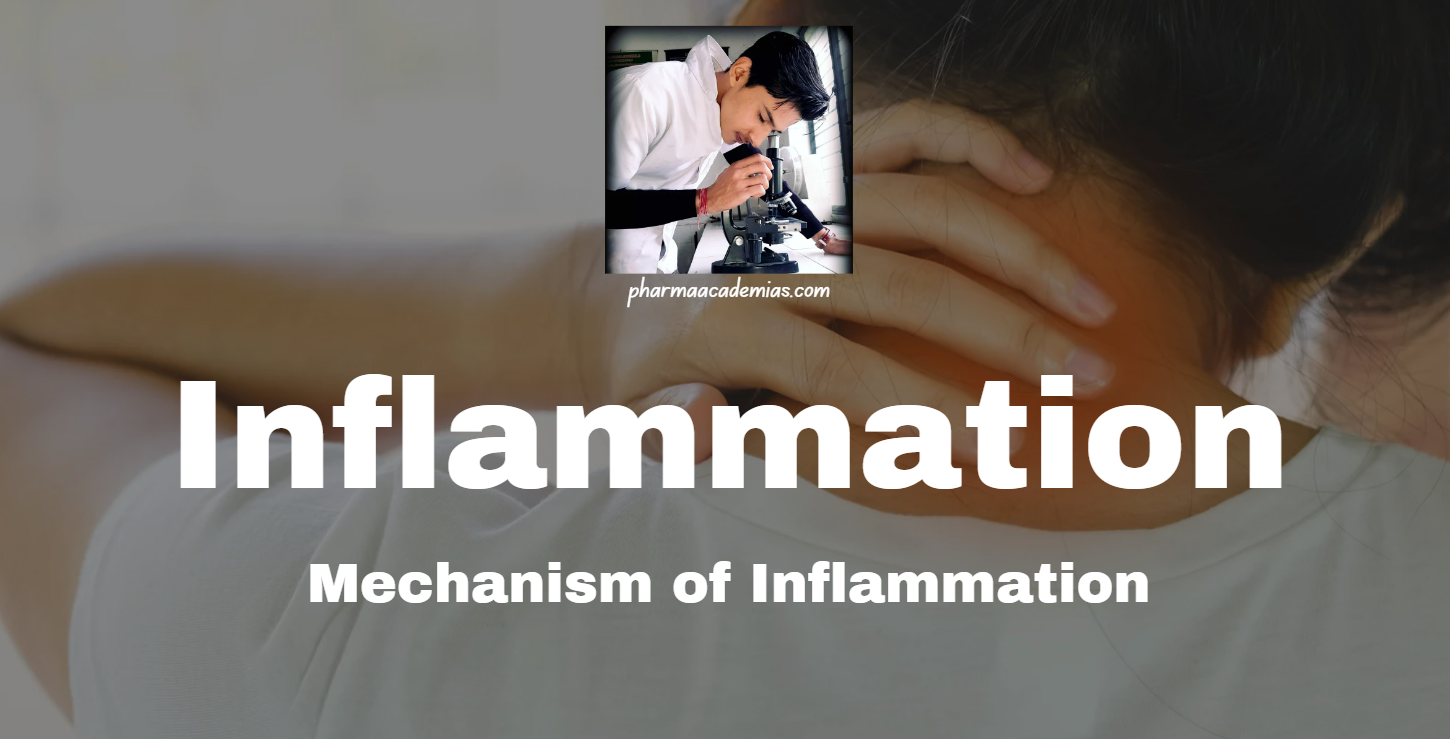The inflammatory response involves a series of complex and coordinated steps aimed at eliminating the injurious agent and initiating tissue repair. The key mechanisms include alterations in vascular permeability and blood flow, as well as the migration of white blood cells (WBCs) to the site of injury.
1. Alteration in Vascular Permeability and Blood Flow
One of the earliest events in inflammation is the change in vascular permeability and blood flow. This process can be divided into several phases:
a. Vascular Dilation (Vasodilation)
Initial Phase: Following an injury or infection, the blood vessels in the affected area undergo vasodilation, primarily mediated by histamine released from mast cells and basophils, and nitric oxide released from endothelial cells.
Increased Blood Flow: Vasodilation leads to increased blood flow, which is responsible for the warmth (calor) and redness (rubor) observed in inflamed tissues. The increased blood flow also facilitates the delivery of immune cells and nutrients to the site of injury.
b. Increased Vascular Permeability
Endothelial Cell Contraction: Histamine and other mediators cause endothelial cells to contract, creating gaps between them and allowing plasma proteins and leukocytes to pass through the vessel wall into the interstitial tissue. This leads to the formation of an exudate rich in proteins, contributing to swelling (tumor).
Endothelial Cell Injury: Direct injury to endothelial cells from pathogens or physical trauma can also increase vascular permeability. Inflammatory mediators like bradykinin and leukotrienes can sustain this response.
Transcytosis: Transport of fluids and proteins across endothelial cells can be enhanced by vesiculo-vacuolar organelles, contributing to increased permeability.
c. Stasis and Margination
Stasis: As fluid leaves the blood vessels and enters the tissues, the viscosity of the remaining blood increases, causing slowing or stasis of blood flow. This is observed microscopically as dilated small vessels packed with erythrocytes.
Margination: Due to the slower blood flow, white blood cells, which normally travel along the central axis of the blood stream, move towards the periphery or margins of the blood vessel. This process is called margination and is a precursor to leukocyte migration.
2. Migration of White Blood Cells (WBCs)
The migration of WBCs from the bloodstream to the site of injury or infection involves several key steps: margination, rolling, adhesion, transmigration (diapedesis), and chemotaxis.
a. Margination and Rolling
Margination: As blood flow slows, WBCs move to the periphery of the blood vessels.
Rolling: WBCs transiently adhere to the endothelium and roll along the vessel wall. This is mediated by selectins (e.g., E-selectin, P-selectin) expressed on endothelial cells, which bind to glycoprotein ligands on the leukocytes. Rolling slows down the leukocytes, allowing them to sample the endothelial surface for activation signals.
b. Adhesion
Firm Adhesion: Chemokines (e.g., IL-8) released by inflamed tissues bind to receptors on leukocytes, activating integrins (e.g., LFA-1, Mac-1) on the leukocyte surface. These integrins bind strongly to their ligands, ICAM-1 and VCAM-1, on endothelial cells, leading to firm adhesion of the leukocytes to the endothelium.
c. Transmigration (Diapedesis)
Movement Across Endothelium: Leukocytes extend pseudopods between endothelial cells and migrate through the basement membrane into the interstitial tissue. This process is facilitated by the expression of adhesion molecules like PECAM-1 (CD31) on both leukocytes and endothelial cells.
Enzymatic Degradation: Leukocytes secrete proteases such as collagenases to degrade the basement membrane, allowing them to pass through more easily.
d. Chemotaxis
Directional Movement: Once in the interstitial tissue, leukocytes migrate towards the site of injury or infection in response to chemical gradients of chemoattractants. These chemoattractants can include bacterial products (e.g., N-formylmethionine peptides), cytokines (e.g., IL-8), complement components (e.g., C5a), and arachidonic acid metabolites (e.g., leukotriene B4).
Signal Transduction: Chemotactic signals bind to specific receptors on leukocytes, activating intracellular signaling pathways that reorganize the cytoskeleton and promote directed cell movement.
Summary
Inflammation is a multi-step process designed to protect and heal tissues after injury. It begins with changes in vascular permeability and blood flow to allow immune cells and proteins to reach the affected area. Subsequently, WBCs migrate from the bloodstream to the site of injury, a process involving precise steps of adhesion and transmigration. Understanding these mechanisms is crucial for developing therapies to modulate inflammation in various diseases.




